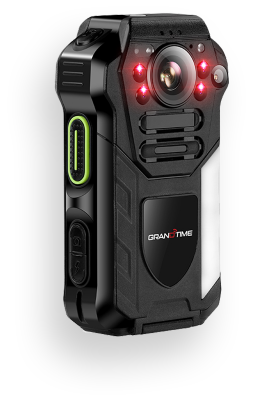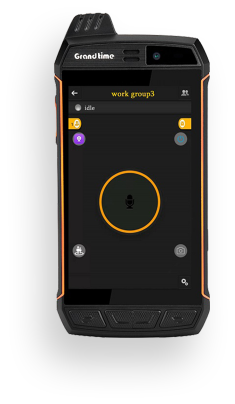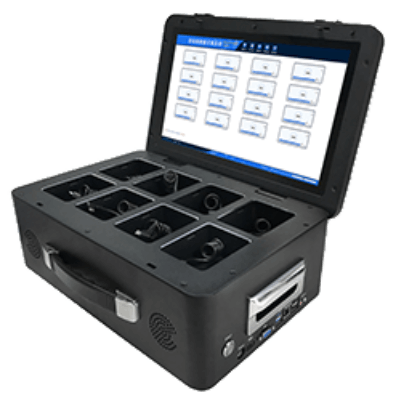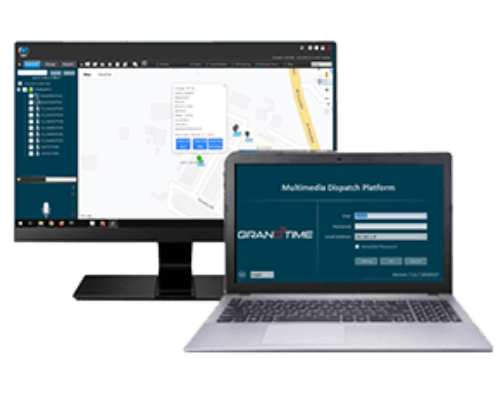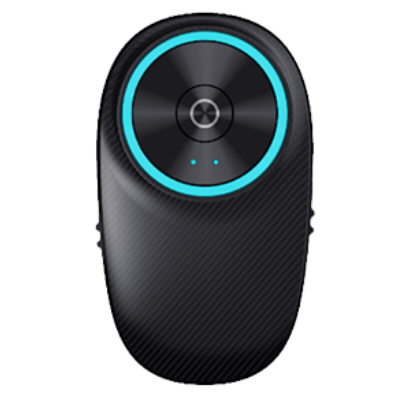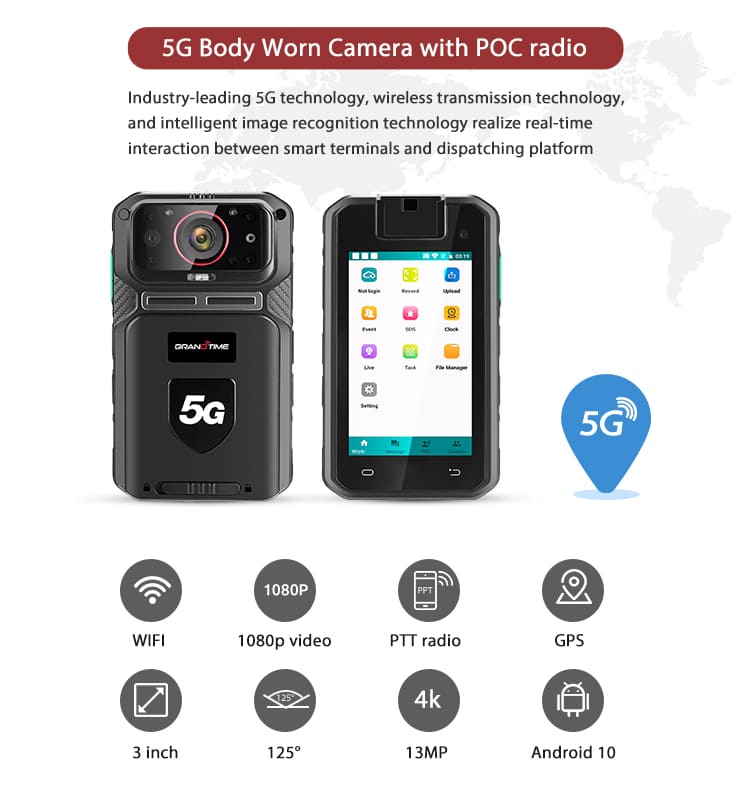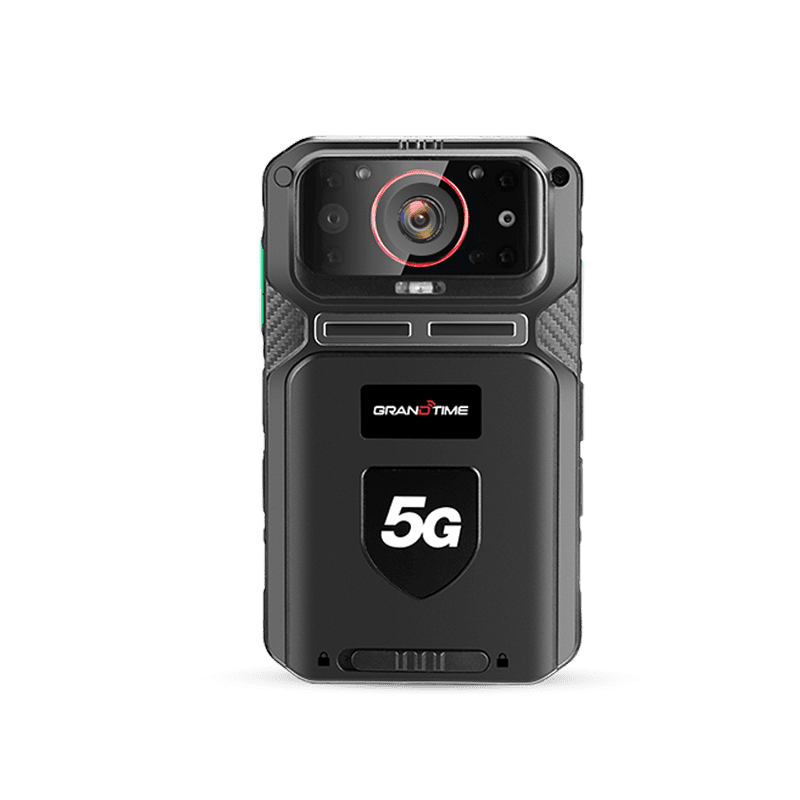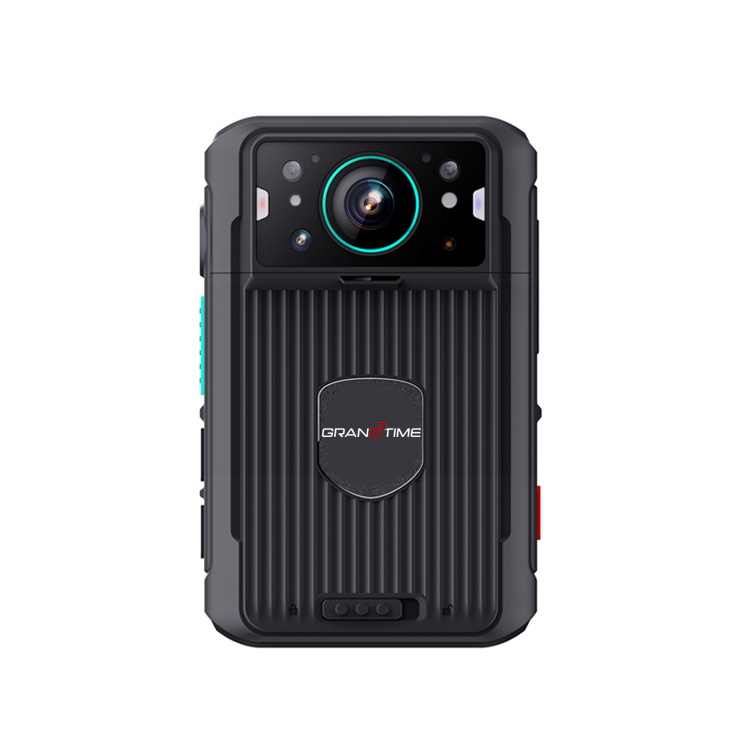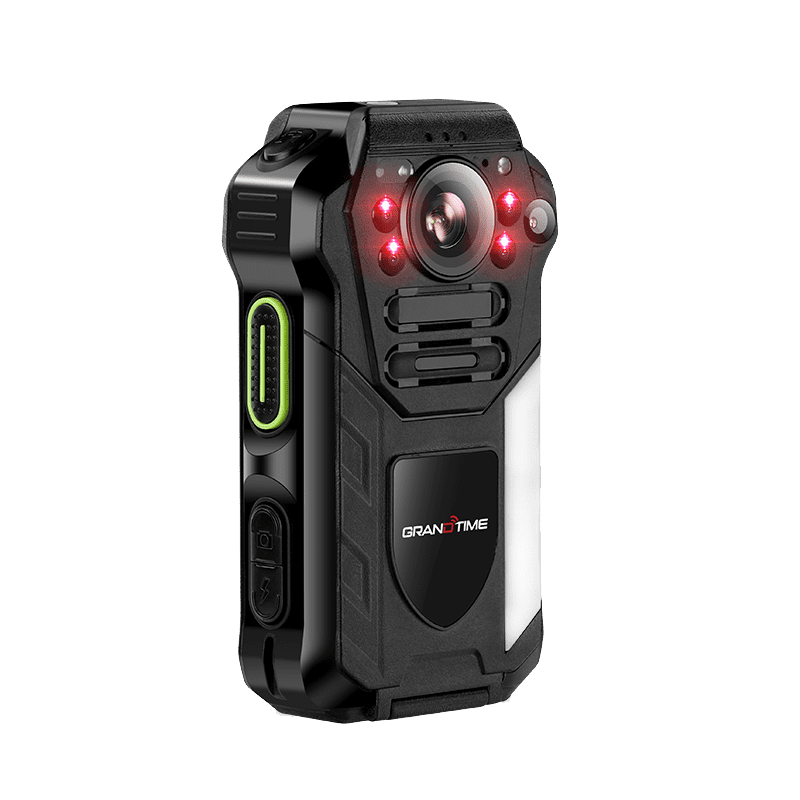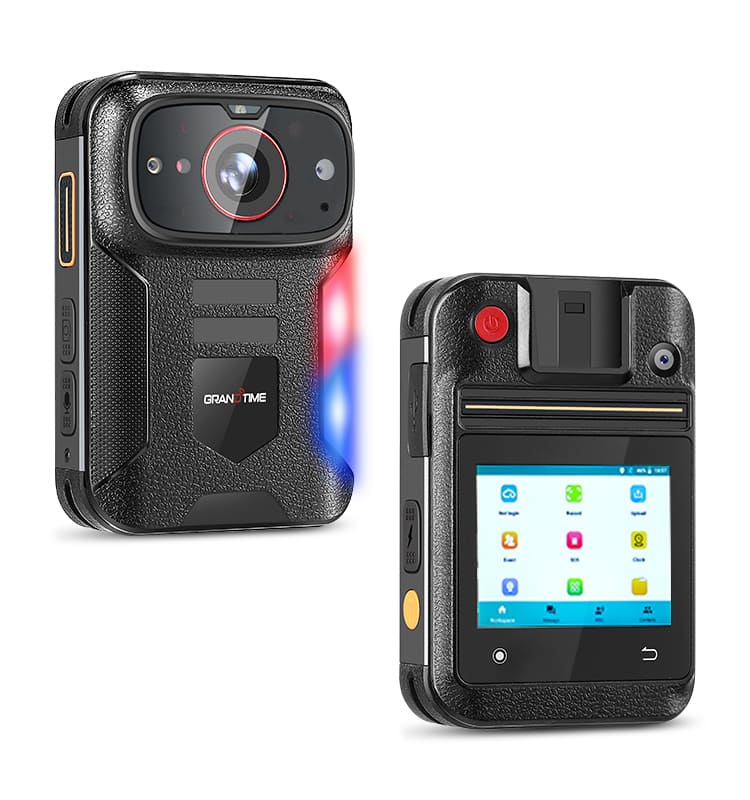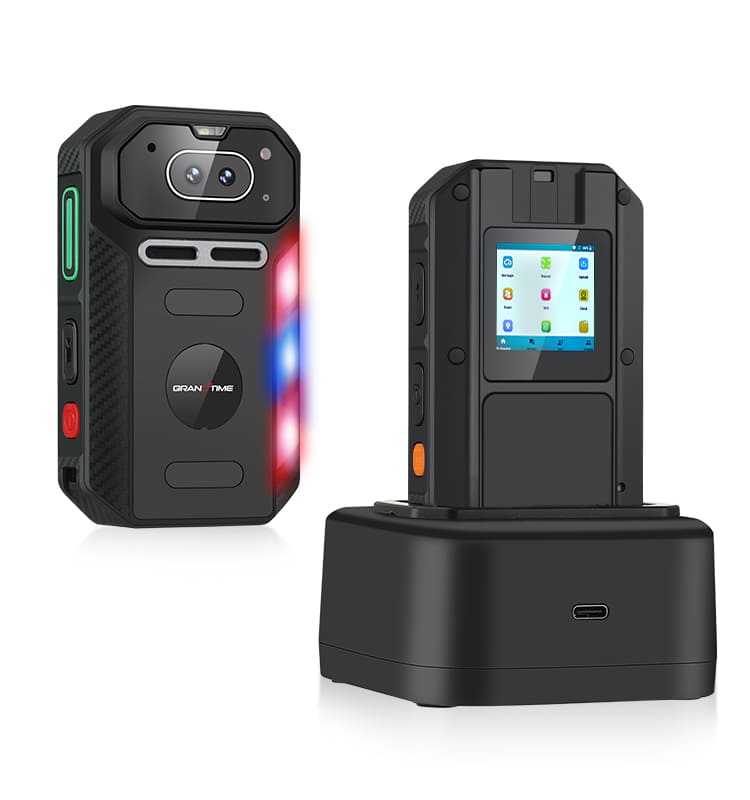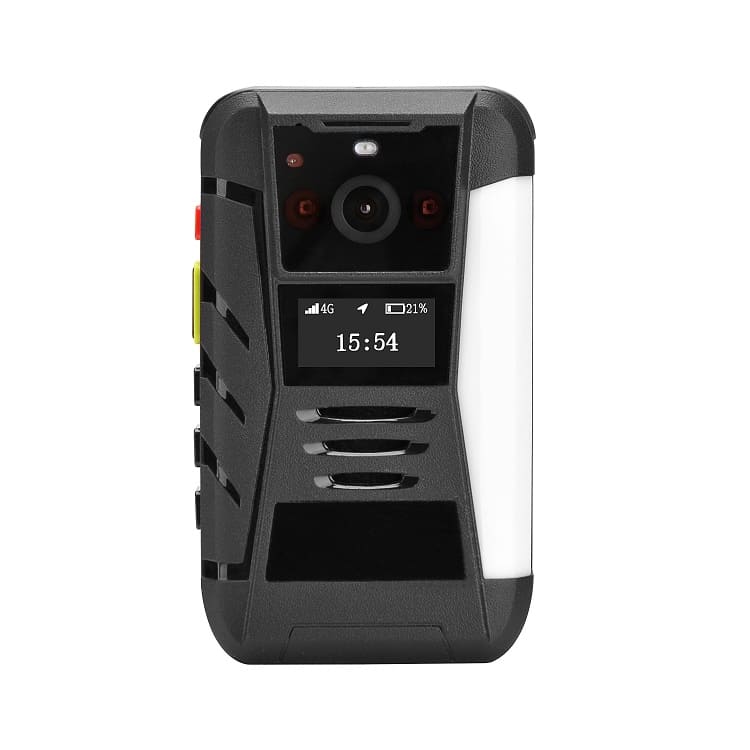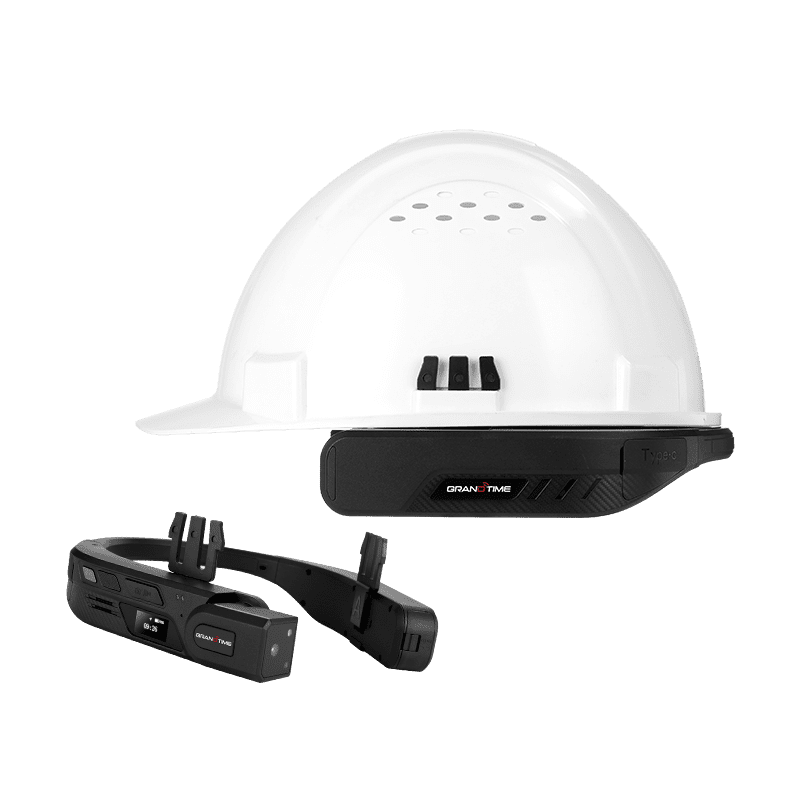In today's fast-paced, technology-driven world, body-worn cameras equipped with 4G and 5G connectivity are changing public safety, law enforcement, and emergency response. Unlike traditional recording devices, 4G/5G body cameras enable real-time video transmission, remote monitoring, and instant communication, greatly enhancing operational efficiency and situational awareness.
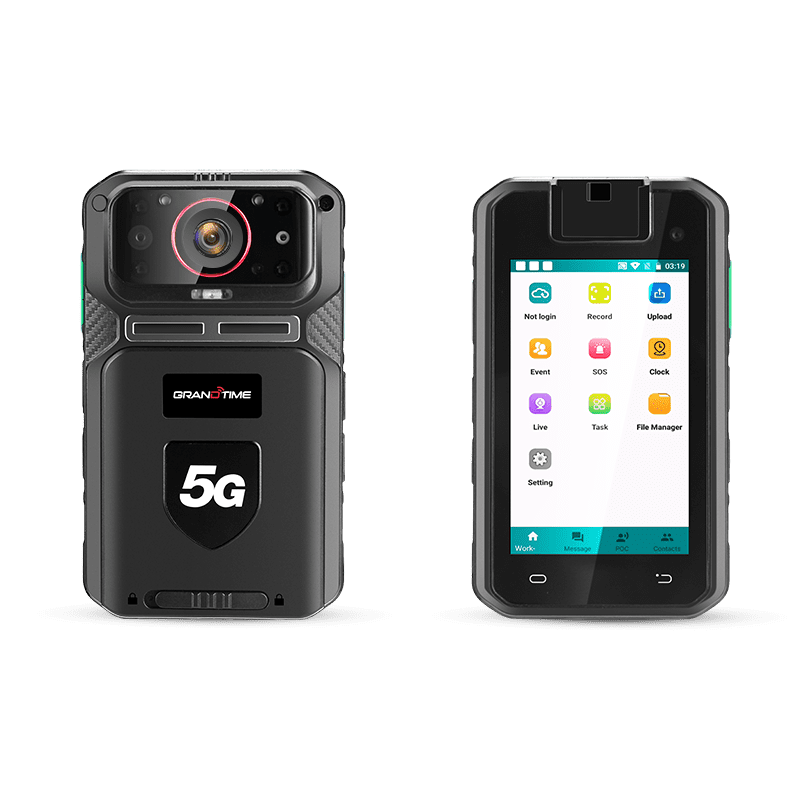
Real-Time Video Streaming with 4G and 5G Connectivity
One of the most powerful features of 4G and 5G body cameras is their ability to live-stream video from the field to a command center or cloud-based platform. Supervisors can monitor situations as they unfold with ultra-low latency and high bandwidth, especially with 5G body-worn cameras.
Real-time streaming allows:
● Immediate situational awareness for command staff
● Live evidence collection during critical incidents
● Faster decision-making based on visual data
● Coordination with remote teams or backup units
Security teams no longer need to rely solely on post-event footage. Instead, they gain live insights that can significantly improve the outcome of dynamic situations such as protests, accidents, or criminal activities.
Enhancing Law Enforcement Efficiency and Safety
For law enforcement agencies, 4G LTE and 5G police body cameras are game-changers. These smart devices help officers and command centers stay connected, especially during high-risk operations.
● Remote command oversight: Supervisors can view live footage and give real-time instructions.
● Automatic alerts and GPS: If an officer activates the body camera or faces a dangerous situation, the device can send instant alerts with GPS tracking.
● Two-way communication: Officers can communicate directly through the body camera interface using integrated push-to-talk (PTT) features.
By ensuring real-time support and transparency, body-worn cameras with 4G/5G reduce the risk of miscommunication and help officers make informed decisions under pressure.
Faster Emergency Response for Fire and Medical Services
Emergency response teams, including firefighters and EMTs, benefit from live-stream body cameras that provide critical visual information during operations. These cameras allow:
● Medical teams to consult remote doctors during treatment
● Fire commanders to evaluate danger zones from afar
● Rescue coordination through real-time location sharing and video
When time is of the essence, 5G enabled body cameras offer ultra-reliable, low-latency communication, which helps save lives by enabling instant response and collaboration.
Integration with AI and Cloud Platforms
Modern 4G/5G smart body cameras can integrate with AI-powered video analytics and cloud storage platforms. This capability allows:
● Real-time facial recognition
● License plate detection
● Automatic object tracking
● Cloud-based data storage with secure access
By leveraging cloud-connected body cameras, organizations can manage large volumes of video footage, conduct automated reviews, and quickly retrieve incident data without delays.
Remote Monitoring for Security Services
Private security companies, campus patrols, and event staff increasingly rely on body cameras with live streaming for real-time oversight. Whether monitoring a public event or patrolling a high-security facility, 4G/5G-enabled body cameras offer:
● Live feeds to security control rooms
● Cloud video backups for legal compliance
● Real-time alert systems for intrusions or suspicious behavior
This is especially valuable for remote locations where traditional surveillance infrastructure is not feasible.
Industries That Benefit from 4G/5G Body Cameras
Here are some sectors rapidly adopting body cameras with 4G and 5G capabilities:
● Law enforcement and police departments
● Emergency medical services (EMS)
● Fire departments
● Private security firms
● Transport and logistics companies
● Construction and field service operations
● Education and campus security
● Military and defense
By investing in real-time response body cameras, these sectors improve operational transparency, safety, and accountability.
Conclusion: The Future of Body Camera Technology
The integration of 4G and 5G networks into body camera systems marks a new era in public safety and surveillance. With features like real-time video streaming, cloud connectivity, GPS tracking, and remote communication, these cameras are no longer just recording tools—they are active components in incident response and decision-making.
As technology continues to evolve, we can expect AI-enhanced, cloud-native body cameras with 5G support to become standard across security operations worldwide.

